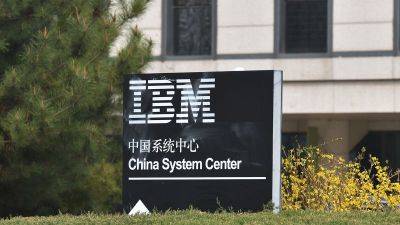Isolationism will only hurt US competitiveness in the long run
In recent years, under two different presidents, the US has approached the question of trade and globalisation through one key assumption: that America’s middle class lost its manufacturing jobs to countries like China and that those jobs must now be brought back, partly through a series of tariffs.
But if the aim of decoupling from China is to bring back manufacturing jobs to the US and create economic opportunities for the rural American middle class, there are already signs of failure.
Yet, four years later, the factory is yet to begin sales. Cultural differences and harsh working conditions have created tensions between American workers and the firm’s Taiwanese leadership, thereby significantly delaying production.
Rigorous working hours and harsh conditions make manufacturing jobs relatively less attractive to American workers. According to the US Chamber of Commerce, over 620,000 manufacturing job vacancies remained unfilled as of January.
A recent study by Deloitte found that 65 per cent of US manufacturers consider the attraction and retention of talent their biggest business challenge. Under the circumstances, the study estimates that about half of the jobs created by the manufacturing sector over the coming decade could be left vacant.
By contrast, given the level of development in the US economy, the fastest-growing occupations in the years ahead are likely to be higher-skilled ones such as statisticians, data scientists and engineers, according to Deloitte.
Additionally, given that US industrial growth is increasingly in high-value, high-skilled sectors, trade protectionism could also raise the cost of raw materials and other supplies, thereby making US industry less competitive overall. To drive domestic







